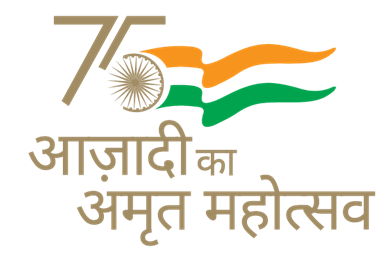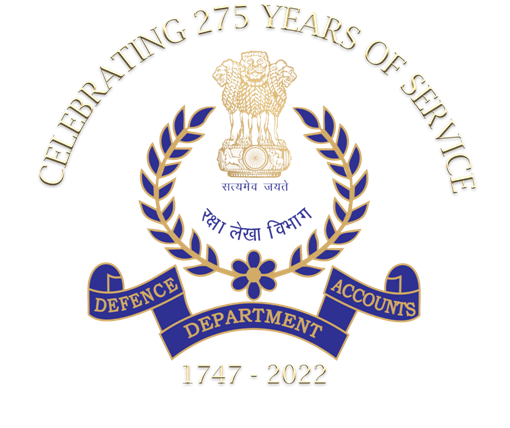भारत सरकार | रक्षा मंत्रालय | GOVERNMENT OF INDIA | MINISTRY OF DEFENCE |
हिन्दी Skip to Main Content |
|---|
 |
 |
 |
 |
 |
 रक्षा लेखा महानियंत्रक कार्यालय की दिनांक 22 सितम्बर, 2025 को आयोजित राजभाषा कार्यान्वयन समिति की तिमाही बैठक का कार्यवृत्त का प्रेषण।
रक्षा लेखा महानियंत्रक कार्यालय की दिनांक 22 सितम्बर, 2025 को आयोजित राजभाषा कार्यान्वयन समिति की तिमाही बैठक का कार्यवृत्त का प्रेषण। Defence Accounts Department Day - 2025
Defence Accounts Department Day - 2025 Assumption of charge to the post of Spl. CGDA -Sh. Vishvajit Sahay, IDAS on 12-09-2025
Assumption of charge to the post of Spl. CGDA -Sh. Vishvajit Sahay, IDAS on 12-09-2025 रक्षा लेखा महानियंत्रक का संदेश
रक्षा लेखा महानियंत्रक का संदेश  Shri Raj Kumar Arora, IDAS has assumed the charge of Controller General of Defence Accounts w.e.f 01.08.2025 (FN).
Shri Raj Kumar Arora, IDAS has assumed the charge of Controller General of Defence Accounts w.e.f 01.08.2025 (FN). Advisory on Phishing Email Incident and Security Measures.
Advisory on Phishing Email Incident and Security Measures. URGENT NOTICE - Beware of Fake Message on Social Media
URGENT NOTICE - Beware of Fake Message on Social Media Conducting of SAS Examination in the Defence Accounts Department: Modification in the SAS Rules 2019.
Conducting of SAS Examination in the Defence Accounts Department: Modification in the SAS Rules 2019.
Electronic Clearing System
ECS
and
EFT Mechanism
1. Presently, two types of institutional mechanism exist for effecting payments electronically. First is known as “Electronic Clearing Scheme(Credit Clearing) referred to as ‘ECS’ and the second “Electronic Fund Transfer” referred to as ‘EFT’. Both these mechanism operate under the aegis of RBI. The first scheme caters to electronic payment of bulk and repetitive payments like salary and the second scheme caters to transfer of funds electronically from one bank branch to another – both inter-city and intra-city-- for payment of suppliers’ bills in lieu of outstation cheques/demand drafts and telegraphic transfers. ECS is currently in operation in 16 centres and is further being extended to more locations. EFT is currently available in 4 metropolitan cities and is being extended to other cities. While ECS is being implemented in three phases, EFT will follow office automation package.
2. Under “ECS”, the institution which has to make payment would prepare payment data on a magnetic media ( ie floppy) and submit the same to its banker called “Sponsor Bank”. The Sponsor Bank would present the payment data to the local banker’s Clearing House (managed by RBI in 15 centres and by SBI &Associate banks in other centers) along with mandate form authorizing the Manager of the Clearing House to debit the Sponsors Bank’s account and credit Destination Bank’s account. The Clearing House will advice the beneficiary details to service branch of the destination banks. Based on this, beneficiary’s account is credited on the appointed date. Un-credited items are reported back by the destination bank to the Clearing House which in turn pass on the information to the Sponsor Bank.
This completes the ECS cycle. ECS has two limitations—one, the facility is available in select centers and not all over India. Secondly, submission of files to Clearing Cells located in individual locations separately. Submission of files for multiple locations at one Clearing Cell will be possible only after RBI does networking of all the Clearing Cells, which is likely to take some time.
Designed, Developed & Maintained By : Controller General of Defence Accounts, Ulan Batar Road, Palam, Delhi Cantt.-110010
Best View : 1024*768 pixels